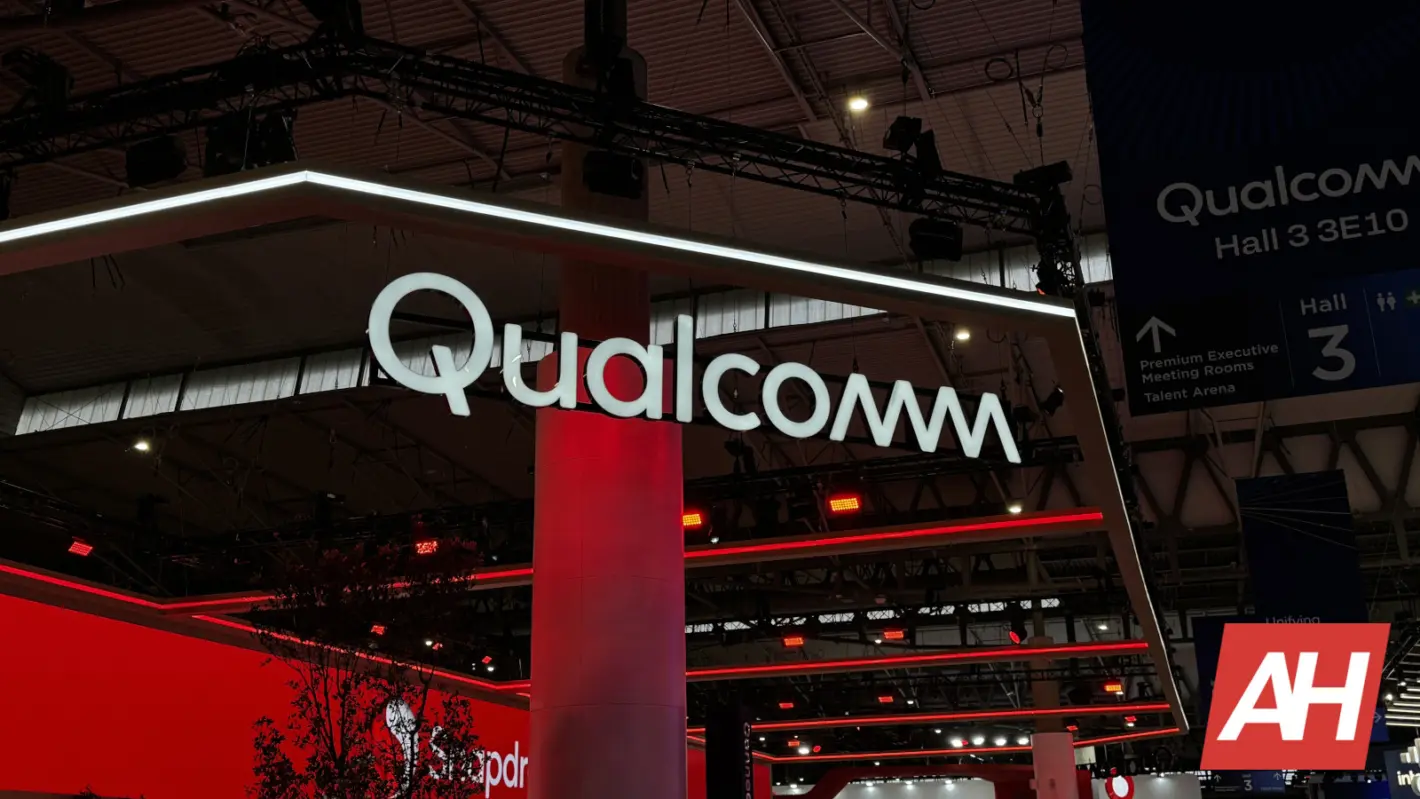Technology
Qualcomm Transitions to Arm v9 for Enhanced Chip Performance

Qualcomm has announced a significant upgrade to its upcoming flagship chips for both PCs and smartphones, transitioning to Arm’s latest foundational computing architecture, known as Arm v9. This strategic shift is designed to bolster Qualcomm’s competitive stance against industry rivals, particularly MediaTek and Apple, in a rapidly evolving artificial intelligence landscape.
The primary driver behind Qualcomm’s adoption of Arm v9 is the growing demand for improved AI performance. The v9 architecture introduces enhancements specifically tailored to handle demanding AI tasks, including real-time chatbot interactions and efficient image generation. Analysts suggest that both Apple and MediaTek are already leveraging this advanced technology in their flagship mobile chips. Therefore, Qualcomm’s move is essential to maintain parity in the high-end market.
Strategic Shift Amid Legal Disputes
Qualcomm’s decision to embrace Arm v9 is particularly noteworthy, given the recent legal tensions between the two companies. Less than a year ago, a licensing conflict escalated, prompting Arm to briefly threaten to revoke a key license held by Qualcomm. That threat was ultimately rescinded following a favorable ruling for Qualcomm. Despite this backdrop, the company opted for the latest Arm technology rather than sticking with the previous generation, which it had used for some chips announced last year. Qualcomm could have also explored alternative architectures, such as RISC-V, but has instead chosen to prioritize performance by adopting Arm’s advancements.
According to Reuters, this transition is advantageous for Arm, as newer architectures typically demand higher licensing fees. Nonetheless, Qualcomm has emphasized that its internal CPU design team retains control over the final product, asserting that they select only “the instructions that make sense for our customers.”
Investment in Future Capabilities
Arm’s instruction set architecture is pivotal, determining the types of applications a central processing unit (CPU) can support. By transitioning to the v9 standard, Qualcomm is making a crucial investment in the future capabilities of its chips, especially as AI processing becomes a key differentiator in performance. This decision reinforces the idea that, despite ongoing licensing disputes and the emergence of open-source alternatives like RISC-V, Arm remains an essential technology partner for Qualcomm in maintaining its leadership in the high-performance processor market.
The move towards Arm v9 not only reflects Qualcomm’s commitment to innovation but also positions the company to better compete in a landscape increasingly dominated by AI-driven applications. As the tech industry continues to evolve, Qualcomm’s strategic choices will likely play a critical role in shaping its future and that of its competitors.
-

 Education3 months ago
Education3 months agoBrandon University’s Failed $5 Million Project Sparks Oversight Review
-

 Science4 months ago
Science4 months agoMicrosoft Confirms U.S. Law Overrules Canadian Data Sovereignty
-

 Lifestyle3 months ago
Lifestyle3 months agoWinnipeg Celebrates Culinary Creativity During Le Burger Week 2025
-

 Health4 months ago
Health4 months agoMontreal’s Groupe Marcelle Leads Canadian Cosmetic Industry Growth
-

 Science4 months ago
Science4 months agoTech Innovator Amandipp Singh Transforms Hiring for Disabled
-

 Technology4 months ago
Technology4 months agoDragon Ball: Sparking! Zero Launching on Switch and Switch 2 This November
-

 Education4 months ago
Education4 months agoRed River College Launches New Programs to Address Industry Needs
-

 Technology4 months ago
Technology4 months agoGoogle Pixel 10 Pro Fold Specs Unveiled Ahead of Launch
-

 Business3 months ago
Business3 months agoRocket Lab Reports Strong Q2 2025 Revenue Growth and Future Plans
-

 Technology2 months ago
Technology2 months agoDiscord Faces Serious Security Breach Affecting Millions
-

 Education4 months ago
Education4 months agoAlberta Teachers’ Strike: Potential Impacts on Students and Families
-

 Education4 months ago
Education4 months agoNew SĆIȺNEW̱ SṮEȽIṮḴEȽ Elementary Opens in Langford for 2025/2026 Year
-

 Science4 months ago
Science4 months agoChina’s Wukong Spacesuit Sets New Standard for AI in Space
-

 Business4 months ago
Business4 months agoBNA Brewing to Open New Bowling Alley in Downtown Penticton
-

 Business4 months ago
Business4 months agoNew Estimates Reveal ChatGPT-5 Energy Use Could Soar
-

 Technology4 months ago
Technology4 months agoWorld of Warcraft Players Buzz Over 19-Quest Bee Challenge
-

 Business4 months ago
Business4 months agoDawson City Residents Rally Around Buy Canadian Movement
-

 Technology2 months ago
Technology2 months agoHuawei MatePad 12X Redefines Tablet Experience for Professionals
-

 Technology4 months ago
Technology4 months agoFuture Entertainment Launches DDoD with Gameplay Trailer Showcase
-

 Top Stories3 months ago
Top Stories3 months agoBlue Jays Shift José Berríos to Bullpen Ahead of Playoffs
-

 Technology4 months ago
Technology4 months agoGlobal Launch of Ragnarok M: Classic Set for September 3, 2025
-

 Technology4 months ago
Technology4 months agoInnovative 140W GaN Travel Adapter Combines Power and Convenience
-

 Science4 months ago
Science4 months agoXi Labs Innovates with New AI Operating System Set for 2025 Launch
-

 Technology4 months ago
Technology4 months agoNew IDR01 Smart Ring Offers Advanced Sports Tracking for $169










